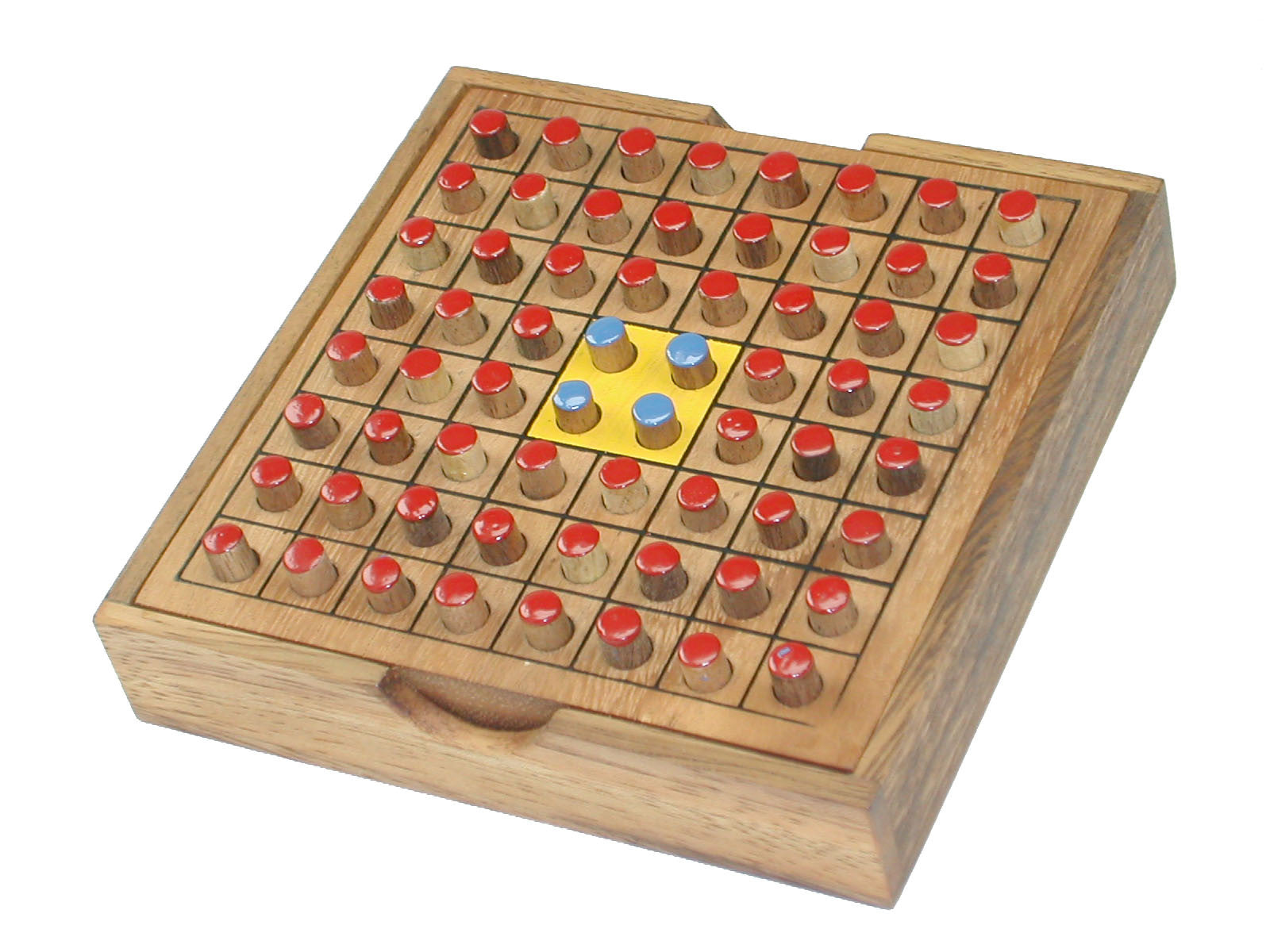
Often, a move which breaks the diagonal will be followed by another move which flips the piece (or pieces) on the diagonal back again. Of course, the player who controls the diagonal will usually be anxious to keep his opponent off of it. We have already seen one example of this in Diagrams 2-4 and 2-5. That is, we must establish a disc on the diagonal controlled by the opponent. If the X-square move happens to control the diagonal, then in order to take the corner, we must break the diagonal. In fact, if we are successful at running our opponent out of moves, forcing him to move to an X-square, we certainly hope to use that X-square to take the adjacent corner. While in the examples above control of the diagonal was permanent, in many cases control of the diagonal is only temporary. Experts are usually reluctant to create this sort of pattern, as it may come back to haunt them later in the game.

The pattern near the a8 corner in Diagram 6-19, where Black has no hope of accessing b7, is a major liability for Black. Thus, even though you might not want to play to an X-square early in the game, it is often important to have access to the X-squares late in the game. If White did not have access to b2 (for example if we make the disc at b4 black), then it would be White who runs out of moves first and Black would win the game. In this case White can continue with b2, running Black out of moves and winning the game (Diagram 6-21). If White controls the whiteline with g7, then Black can grab the blackline with g2, as shown in Diagram 6-20. Having access to both X-squares on the diagonal is often critical in these situations.įor example, Diagram 6-19 is identical to Diagram 6-17, except that the disc on f3 has been made white. Sometimes each player is able to grab one of the main diagonals, in which case the outcome of the game hinges on which side will run out of moves first. If one player can control a diagonal, as in Diagram 6-18, the result is usually a lopsided victory for that player. In such games, almost the entire board becomes filled in, with the X-squares and corners empty. Positions similar to the one in Diagram 6-17 occur with great frequency in games where both players are using the basic strategy of avoiding X-squares. Always remember that in the endgame, simple is best. With the board changing rapidly it is easy to overlook something and make a silly mistake. I have seen many examples where people let their opponent back in the game by getting too fancy in the endgame, trying to squeeze out every last disc instead of winning in the simplest way possible. In general, once your opponent is out of safe moves, you should try to keep him out of moves for the rest of the game. Notice that throughout this sequence, White has very few choices, and Black just keeps on accumulating more and more stable discs.

Diagram 6-2 shows one possible sequence of moves, resulting in the final position shown in Diagram 6-3. Black can simply force White to give up the corners, and sweep around the edges. Winning from here is hardly rocket science. In Diagram 6-1, Black has run White out of moves and has complete control of the game. Rapidly changing fortunes in the endgame is one of the things that makes Othello great! In this chapter we will examine some of the basic endgame strategies, saving the more difficult material for chapters 8 and 13. Unlike most strategy games, in Othello the board becomes more crowded as the game goes on, which results in more discs being flipped on each turn. Even at the highest (human) levels of play, many games are won or lost in the last few moves. However, when neither side carries this sort of advantage, the endgame can be extremely difficult.

If you are fortunate enough to build up a big lead in the opening and midgame, then the endgame can sometimes be a relatively easy mopping-up operation. Text Board Version Chapter 6: Basic endgame strategy


 0 kommentar(er)
0 kommentar(er)
